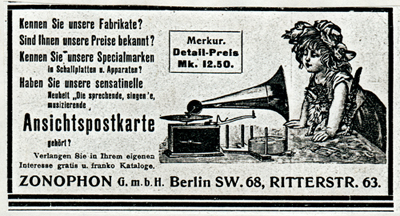 |
Online DiscographyZonophon-Ansichtskarten&Musika phono cards |
Zonophon G.m.b.H. Ansichts-Postkarte , Berlin, Ritter-Strasse 63
Please note: This is a discographical catalog - items are NOT available for sale from us
Acknowledgements:
Frank Andrews, Lyle Boehland, Alan Dein, Matthew Dodd, Benno
Häupl, Alan Kelly, Allen Koenigsberg,
Raoul Konetzni, Bernd Meyer-Rähnitz, Kurt Nauck, Stephan Puille, Allan Sutton
Introductory notes:
The basic idea of a gramophone postcard is to glue a single sided
miniature
disc record onto a postcard and punch a center hole through both card
and
disc. For further details see the exploratory
history of the phono postcard
Zonophon talking cards
The surviving files of the Gramophone & Typewriter Company contain no reference whatsoever to such postcards. At present it can only be guessed that this was the work of an outside specialist firm who had an agreement with Zonophone before the takeover and whose contract went to G&T along with everything else. Who then could be behind this venture? Ritter-Strasse, like an oriental bazaar, was the address of many companies active in the talking machine business. Ritter-Strasse 93 was the address of the Adler Phonograph Company. This could explain the cryptic reference to a "gramophonic system", as Adler manufactured vertical-cut cylinders while Gramophone and Zonophone manufactured lateral-cut disc records.
In 1910 in Germany, Zonophon announced
what they called
"Musik-Postkarten"
(songs, marches, or congratulations recorded to order) and
claimed
the total playing time to be 1/3 of a regular disc. Whether this is the
same enterprise that was already active in 1903 we do not know, but at
least on card
number 51 a German patent number is
given which identifies the card clearly as belonging to
Zonophon. Most Zonophon cards from this series have a brownish disc
pasted onto a monochrome (white) card, with embossed
pictorial and floral designs, while some had matching photographic
portraits
of the artists. The same recordings that had been used on the early
embossed cards
have later been marketed with a different design, now printed in
colour, first as chromolithographed cards and later under the trademark
"Musika-Tonpostkarten". The backs are divided. Postally
run
cards appear to have been postmarked in 1914. "Musika" phono cards had
clearly been intended for export to the United States. They may or may
not have been associated with "Musica", a name that was protected by
French singer and
entrepreneur
George Dutreih in Paris in 1904, and renewed by the German Polyphon
Werke
Aktiengesellschaft in 1921.
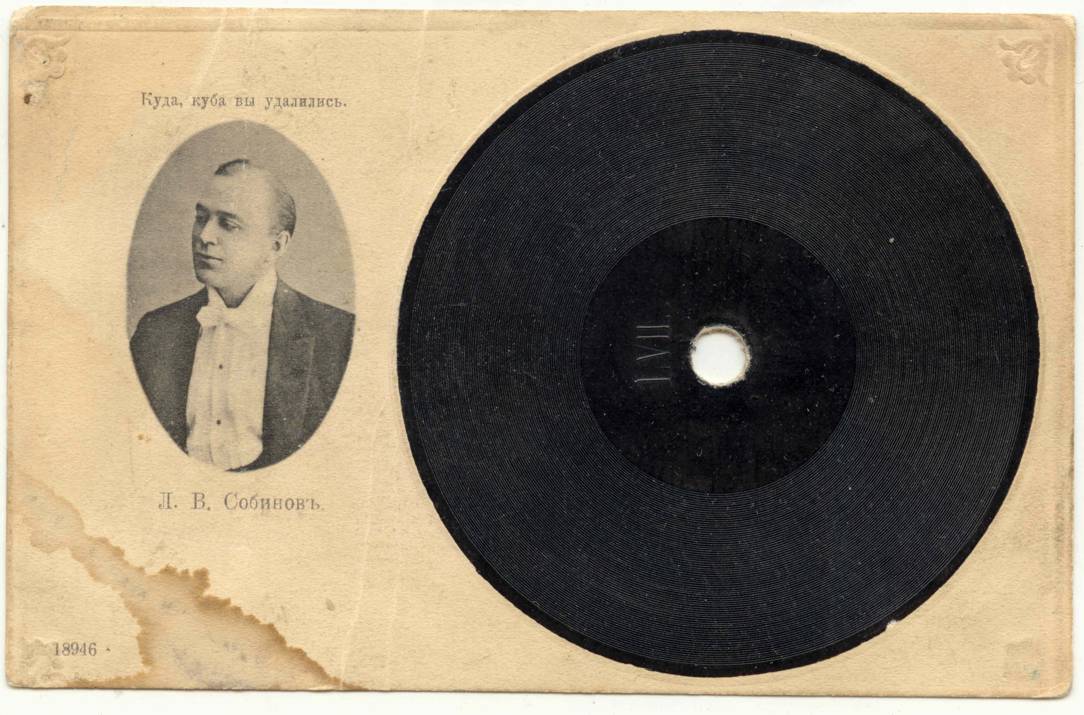
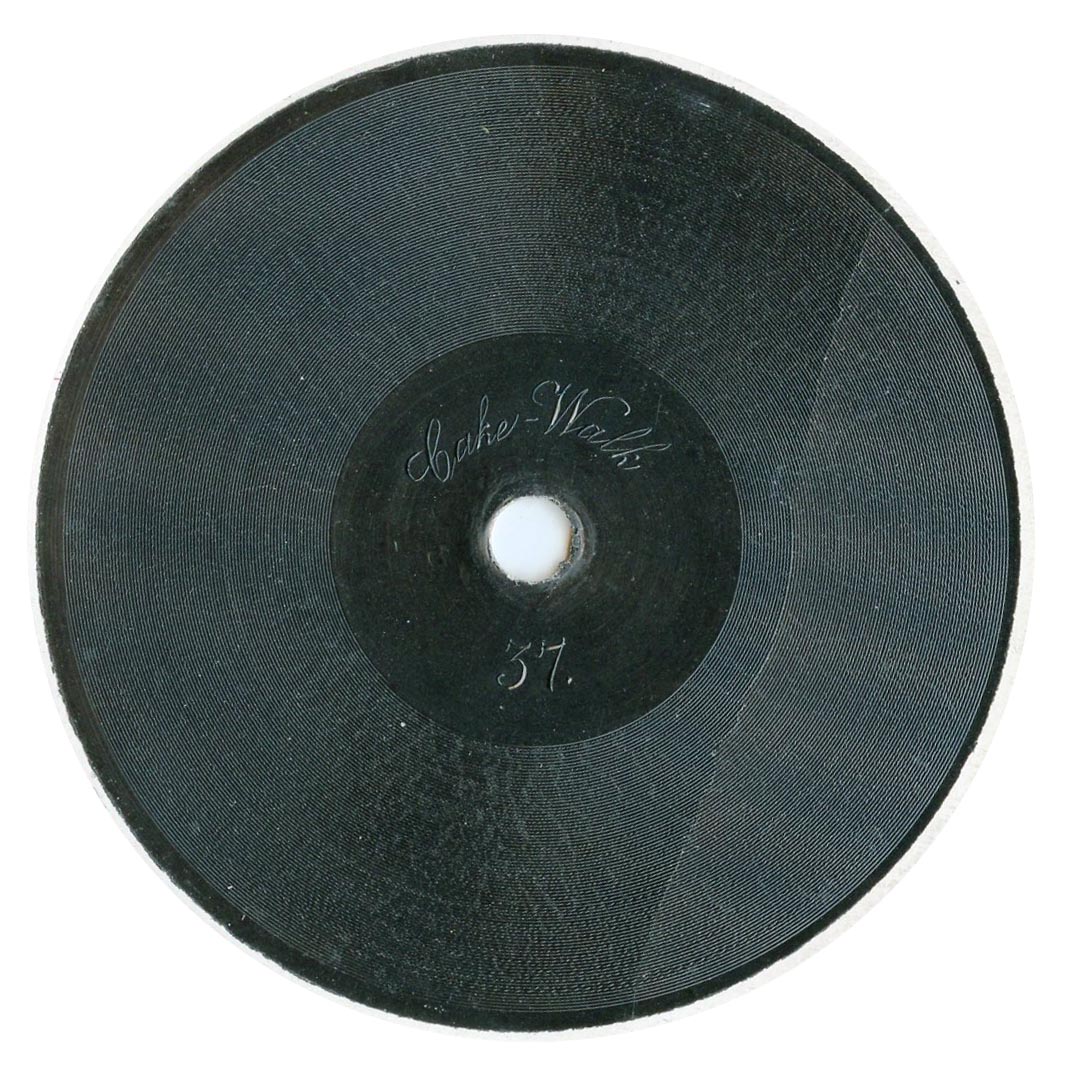
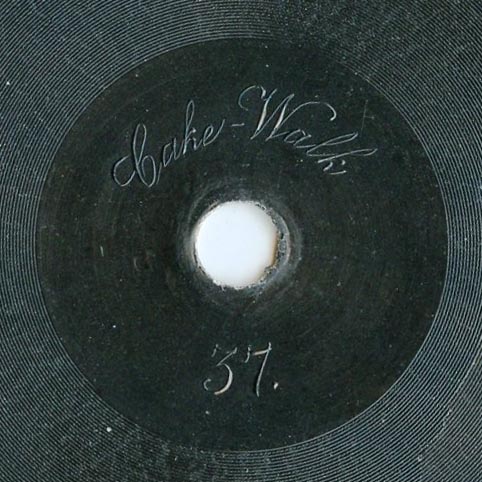
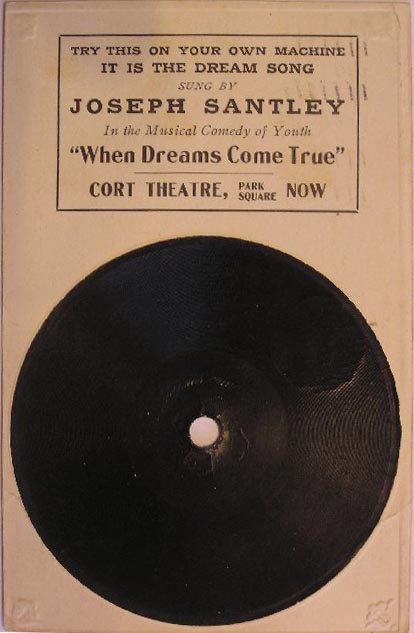
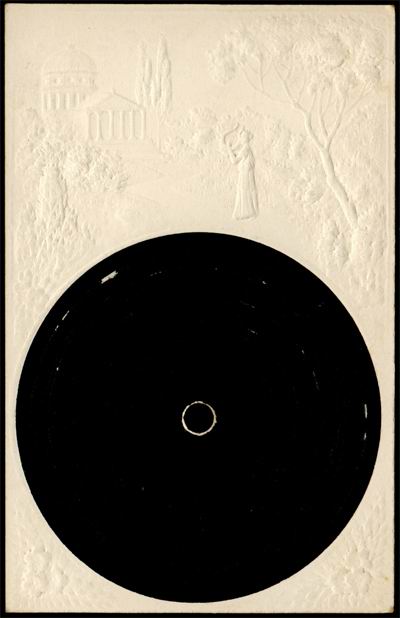
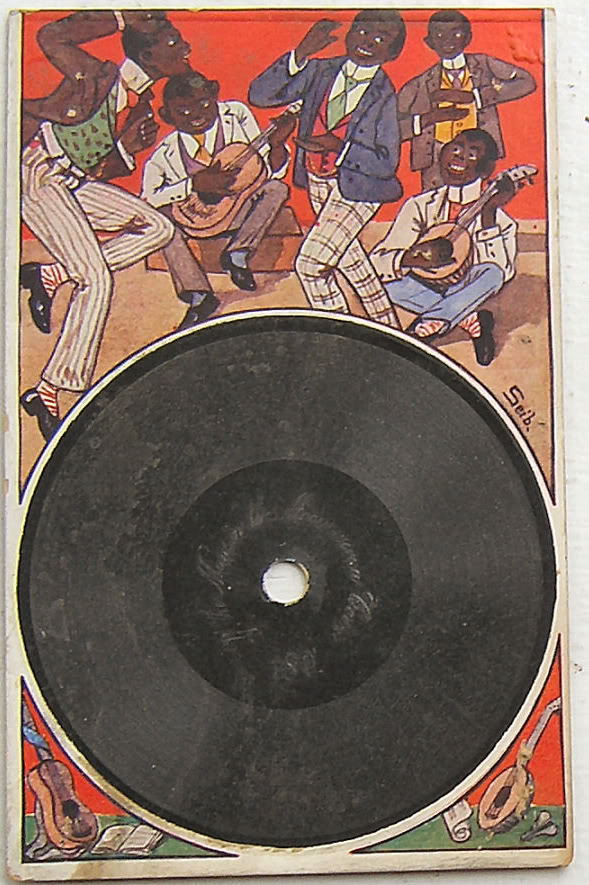
Label listing:
Zonophon-Postkarten
(1903 catalog)
Zonophon (Embossed)
and Musika
combined listing
|
|
|
|
|
|
|
|
|
|
|
|
|
|
|
|
|
|
|||
|
..1 |
..2 |
..4 |
..6 |
..7 |
..8 |
..9 |
.10 |
.11 |
.12 |
.13 |
.14 |
||||||||
|
.22 |
.29 |
.30 |
.34 |
.35 |
.39 |
.40 |
|||||||||||||
|
.41 |
.42 |
.43 |
.44 |
.46 |
.47 |
.48 |
.49 |
.50 |
.52 |
.54 |
.58 |
.59 |
.60 |
||||||
|
61 |
.62 |
.63 |
.64 |
.65 |
.66 |
.67 |
.69 |
.70 |
.71 |
.72 |
.73 |
.74 |
.75 |
.76 |
.77 |
.78 |
.79 |
.80 |
|
|
.81 |
.82 |
.83 |
.84 |
.85 |
.86 |
.87 |
.88 |
.89 |
.90 |
.91 |
.92 |
.93 |
.94 |
.95 |
.96 |
.97 |
.98 |
.99 |
100 |
|
101 |
102 |
103 |
104 |
105 |
106 |
107 |
108 |
109 |
110 |
111 |
112 |
113 |
114 |
115 |
116 |
117 |
118 |
119 |
120 |
|
121 |
122 |
123 |
124 |
125 |
126 |
127 |
128 |
129 |
130 |
131 |
132 |
133 |
134 |
135 |
136 |
137 |
138 |
139 |
140 |
|
141 |
142 |
143 |
144 |
145 |
146 |
147 |
148 |
149 |
150 |
151 |
152 |
153 |
154 |
155 |
158 |
159 |
160 |
||
|
161 |
162 |
163 |
164 |
165 |
166 |
167 |
168 |
169 |
170 |
172 |
173 |
174 |
175 |
176 |
177 |
178 |
|||
|
182 |
183 |
186 |
187 |
188 |
189 |
190 |
191 |
192 |
193 |
194 |
195 |
196 |
197 |
198 |
199 |
200 |
|||
|
201 |
202 |
203 |
204 |
206 |
207 |
208 |
209 |
210 |
211 |
212 |
213 |
214 |
215 |
216 |
217 |
218 |
219 |
230 |
|
|
|
|
|
|
|
|
|
|
|
|
|
|
|
|
|
|
|
|
|
|
|
301 |
302 |
303 |
304 |
305 |
306 |
307 |
308 |
309 |
310 |
311 |
312 |
313 |
314 |
315 |
316 |
317 |
318 |
319 |
320 |
|
|
|
|
|
|
|
|
|
|
|
|
|
|
|
|
|
|
|
|
|
|
401 |
402 |
403 |
404 |
405 |
406 |
407 |
408 |
409 |
410 |
411 |
412 |
413 |
414 |
415 |
416 |
417 |
418 |
419 |
420 |
|
|
|
|
|
|
|
|
|
|
|
|
|
|
|
|
|
|
|
|
|
|
602 |
603 |
604 |
605 |
606 |
607 |
608 |
609 |
610 |
611 |
612 |
613 |
615 |
616 |
617 |
618 |
619 |
620 |
||
|
|
|
|
|
|
|
|
|
|
|
|
|
|
|
|
|
|
|
|
|
|
|
|
|
|
|
|
|
|
|
|
|
|
|
|
||||||
|
|
|
|
|
|
|
|
|
|
|
|
|
|
|
|
|
|
|
||
|
|
|
|
|
|
|
|
|
|
|
|
|
|
|
|
|
|
|
||
|
|
|
|
|
|
|
|
|
|
|
|
|
|
|
|
|
|
|
|
|
no mx-When Dreams Come True no mx-Gardeleutnant
It is not presently possible to determine the total number of cards
produced, and information on matrix numbers etc can only be derived
from
physical autopsy of the artifacts. If you have additions or
corrections:
Please contact us by e-mail: Rainer E.
Lotz
Updated 2009-08-01
Rainer E. Lotz
Rotdornweg 81
53177 Bonn, Germany
Phone(International): +49-228-352808 / Phone(National): 0228-352808
Fax (International): +49-228-365142 /
Fax
(National): 0228-365142
E-Mail:
Rainer Lotz







